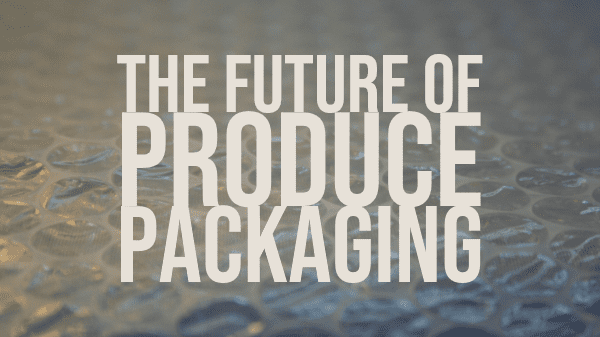Produce packaging presents some major contradictions these days.
Industry experts agree that the present drive toward sustainability will continue. Steve Greenfield, director of sales and marketing for the produce package company NNZ Inc. BB #:177247, notes that “retail packaging will be much more environmentally friendly” in coming years.
Why, then, is the most time-honored and environmentally friendly form of produce merchandising—bulk sales—slowly falling by the wayside?
After all, the little PLU labels on the fruit, even combined with the semitransparent plastic bags in which consumers put it, use far less plastic than the most environmentally correct clamshell.
Of course, there’s still plenty of bulk around.


“For apples, we see about 60 percent sold bulk or by the pound, and 40 percent in packages,” reports Brianna Shales, marketing director for Stemilt Growers BB #:113654, for which apples are a major product.
Nonetheless, Shales adds, the trend toward packaging has “increased during the COVID-19 pandemic.”
Nick Maglio, director of marketing for ProEx Food LLC, which specializes in engineering and equipment for fruit and vegetable processors, agrees that the pandemic has raised the need (real or perceived) for more packaging.
He predicts “more overwrapping of fresh and fresh-cut items. That helps prepare in the event of another disruption. Let’s face it—this is the third outbreak, and more are likely to happen at some point.”
Greenfield also foresees “more packaging (because people don’t want everyone to have touched their produce).”
The trend toward packaging “was probably already a path pre-COVID,” Shales observes, “but the increase in people buying groceries online has extended it, as well as people wanting convenience when they are shopping in person. Packaging also gives companies like Stemilt a method to share our brand and story with consumers, which is very important as people shop in multiple channels in the future.”
As Shales points out, the drive toward more, and more distinctive, branding is accelerating the trend toward packaging.
Many people equate sustainability with recycling, but this is over-simplistic. In fact, finding a little triangle with a number at the bottom of the package tells very little about whether it is actually likely to be recycled, because nobody may be around to recycle that particular material.
“It’s not widely reported,” says Shannon Boase, director of new market development for the paper packaging company CKF Inc., but “in the U.S. PET [polyethylene terephthalate] 1 plastic is not considered widely recyclable. The recycling infrastructure is broken. In fact, PET is not widely recycled, unless it’s in bottles. Today 9-12 percent of plastic is recycled—practically all bottles. Clamshells are not recycled.”
Boase notes that “widely recyclable” has a specific meaning here, spearheaded by the Sustainable Packaging Coalition and supported by many grocery retailers.
“‘Widely recyclable’ means (1) the recycling infrastructure in North America can accept the material and (2) there are ready end markets for it,” she explains.
“I’d like to see a more concerted effort to regulate recycling better (like Europe),” says Greenfield, adding that Europe has “actually legislated monopolymer material for their packaging so that it can be easily recycled. However, their advantage is that they are much more likely to get the correct packaging to the recycling center (no Youtube videos of recycling trucks headed to the dump) and then getting it recycled in the correct stream.”
No such centralized systems exist or are foreseen anytime soon in this country. The produce industry (like many others in the United States) has a long way to go before it integrates the twin demands for packaging and sustainability.



